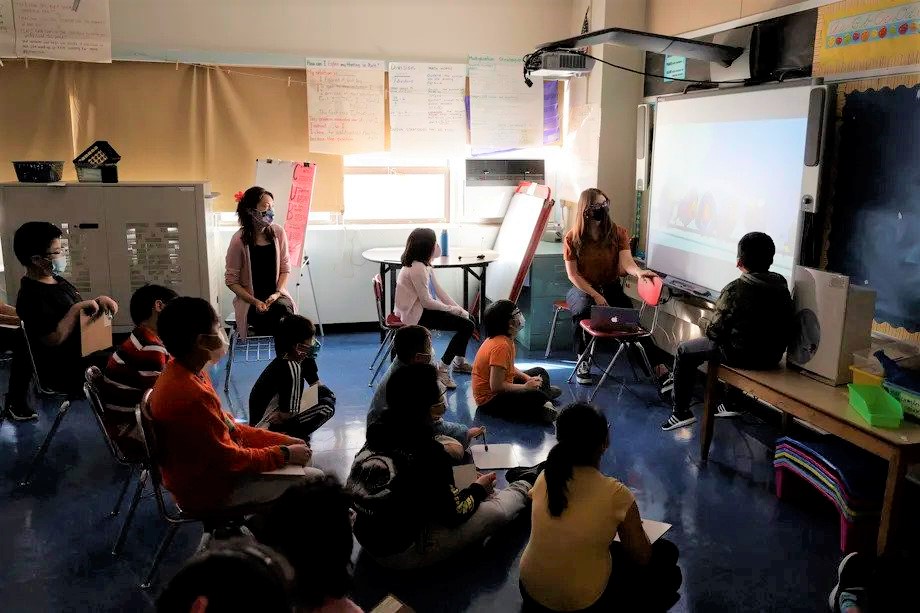New York City Council shelves bill to reduce class sizes

A bill that would have imposed stricter limits on class sizes in New York City schools will not be brought up for a vote this year, despite months of pressure from the teachers union and other advocacy groups.
The legislation, which was introduced over the summer, would have limited many classes to 14-21 students (depending on the size of the classroom) by increasing the amount of space required per student to 35 square feet up from 20 square feet for most students.
That would have represented a substantial reduction in class sizes, as the current teachers union contract allows classes of up to 34 students by the time students reach high school. For weeks, the city’s teachers union held rallies, circulated petitions, and wrote op-eds to drum up support for the bill. Forty-one city council members ultimately co-sponsored the legislation — a veto-proof majority.

Brooklyn Boro
View MoreNew York City’s most populous borough, Brooklyn, is home to nearly 2.6 million residents. If Brooklyn were an independent city it would be the fourth largest city in the United States. While Brooklyn has become the epitome of ‘cool and hip’ in recent years, for those that were born here, raised families here and improved communities over the years, Brooklyn has never been ‘uncool’.